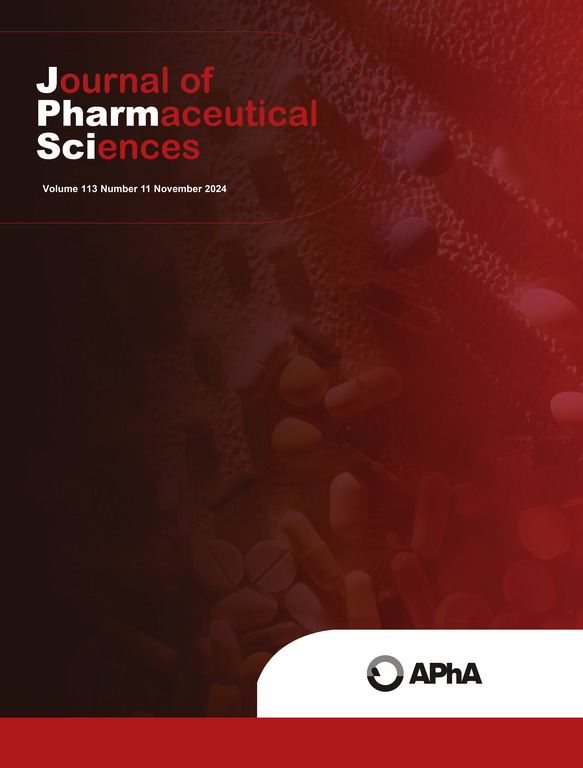Insights into interactions between taxanes and P-glycoprotein using biophysical and in silico methods
IF 3.7
3区 医学
Q2 CHEMISTRY, MEDICINAL
引用次数: 0
Abstract
Multidrug resistance mediated by P-glycoprotein (Pgp) is a significant obstacle to cancer chemotherapy. Taxane drugs, including paclitaxel, docetaxel, and cabazitaxel, are used to treat multiple types of cancer. All taxane drugs are Pgp substrates, but cabazitaxel is also a Pgp inhibitor, indicating potential differential interactions between Pgp and different taxanes. Here, we showed for the first time that cabazitaxel had a partial inhibitory effect on the ATPase activity at concentrations higher than 10 µM. We found the KD of paclitaxel, docetaxel, and cabazitaxel to Pgp are 0.85 µM, 40.59 µM, and 13.53 µM, respectively. Based on acrylamide quenching, paclitaxel induced Pgp into a wide inward-facing open conformation at a high concentration but a slightly occluded conformation at lower concentrations. Both docetaxel and cabazitaxel shifted Pgp towards occluded states, each drug resulting in a unique degree of occlusion. Furthermore, molecular docking and energy calculations revealed that cabazitaxel binds with the “access tunnel” and blocks the subsequent nucleotide-binding domain dimerization. Our results indicate that the preference of taxanes for different binding sites on Pgp leads to distinct transport mechanisms. These results provide valuable insight into the interaction between taxanes and Pgp, which will enhance future drug development.
使用生物物理和硅学方法深入了解紫杉类药物与 P 糖蛋白之间的相互作用。
本文章由计算机程序翻译,如有差异,请以英文原文为准。
求助全文
约1分钟内获得全文
求助全文
来源期刊
CiteScore
7.30
自引率
13.20%
发文量
367
审稿时长
33 days
期刊介绍:
The Journal of Pharmaceutical Sciences will publish original research papers, original research notes, invited topical reviews (including Minireviews), and editorial commentary and news. The area of focus shall be concepts in basic pharmaceutical science and such topics as chemical processing of pharmaceuticals, including crystallization, lyophilization, chemical stability of drugs, pharmacokinetics, biopharmaceutics, pharmacodynamics, pro-drug developments, metabolic disposition of bioactive agents, dosage form design, protein-peptide chemistry and biotechnology specifically as these relate to pharmaceutical technology, and targeted drug delivery.

 求助内容:
求助内容: 应助结果提醒方式:
应助结果提醒方式:


